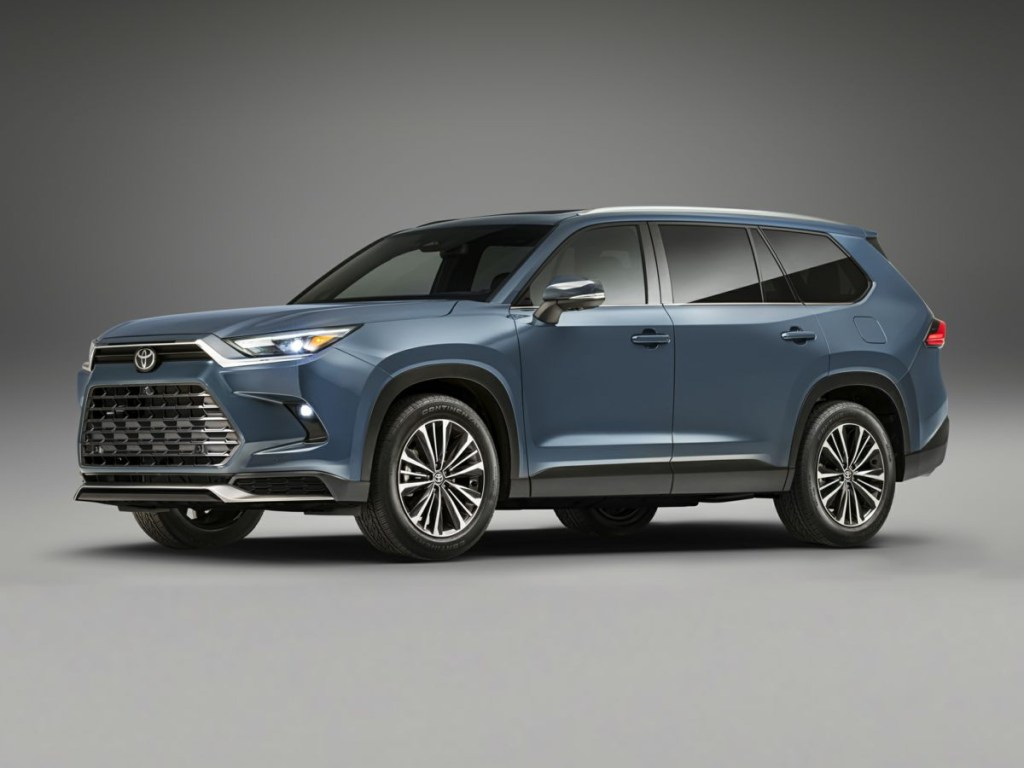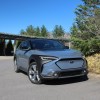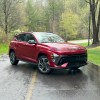
The Grand Highlander is what Toyota’s Midsize 3-Row SUV Should Have Been All Along
The Toyota Highlander is the midsize three-row SUV equivalent of “fine.” The type of fine that’s like buying gas station coffee that’s been left on the heater out for a questionable amount of time when you need a hit of caffeine. It’s nothing exceptional, but it meets a need, so it’s fine. But in comparing the Highlander vs. the Grand Highlander, the latter does more than meet a basic need for caffeine. It’s good, hammered home by my recent week-long test in which it was run through the expected paces of a three-row midsize SUV. Namely, hauling kids and adults, making grocery and ballet class runs, and as a sizeable commuter.

The Grand Highlander follows the same basic formula as the Highlander. Speicifically, three rows of seats, a 2.4-liter turbo four dishing out 265 horsepower and plenty of standard features. There’s also a hybrid available. But as the name suggests, the Grand Highlander means it comes with slightly more upscale features. It’s bigger and thus far more practical. Overall, the Grand Highlander is what the Highlander should have been all along.
That’s especially true in the third row. The standard Highlander’s rear seats are there in a pinch but are only suitable for smaller kids who don’t mind being, well, a bit pinched. The Grand Highlander solves this issue with an additional five inches of third-row legroom, a total of 33.5 inches. Shoulder and head room are also expanded, giving the Grand Highlander more shoulder and leg room than the venerable Kia Telluride.
To boot, there’s 20.6 cubic feet of cargo space behind the more spacious third row, putting the Toyota on par with the Telluride’s 21 cubes. There’s also a sprinkling of cubbies and slots for smaller items throughout the Grand Highlander’s cabin. There’s also real-world conveniences for hauling smaller items, like plenty of cupholders and slots for the kids’ stuff. The cabin is generously equipped with USB ports for all outboard seats, keeping the wee ones entertained on long trips.
Despite its increased size, the Grand Highlander is also efficient regardless of powertrain. The EPA rates the hybrid version for up to 36 combined mpg. But even my Platinum, nonhybrid, tester with all-wheel drive is rated for up to 22 combined mpg, making it one of the more efficient models in its (nonhybridized) class.
The Grand Highlander’s driving dynamics aren’t exceptional, but there’s little to criticize in an overall sense. Its base engine is sprightly enough for daily use, its ride quality comfortable and its steering light enough for navigating compact parking lots.
Of course, those seeking a “cheap” trim are out of luck. The base Grand Highlander trim is XLE, a midgrade trim on other Toyota models. As such, the Grand Highlander starts at $43,070 MSRP, excluding destination. At least it’s generously equipped throughout the range. Base models still feature a power liftgate, tri-zone automatic climate control, heated and power-adjustable front seats, synthetic leather upholstery, a 12.3-inch touchscreen, wireless charging and more.
For those willing to dish out some more cash, the Grand Highlander vs. the Highlander is clear. Toyota’s new midsize three-row SUV is in the same realm as class leaders like the Kia Telluride and Hyundai Palisade. That is, midsize three-row SUVs that provide above-average pragmaticism, features and appointments at a respectable price point.
The Toyota Grand Highlander is better than “fine.” Upon its debut, it is already one of the most appealing overall choices in its class.



